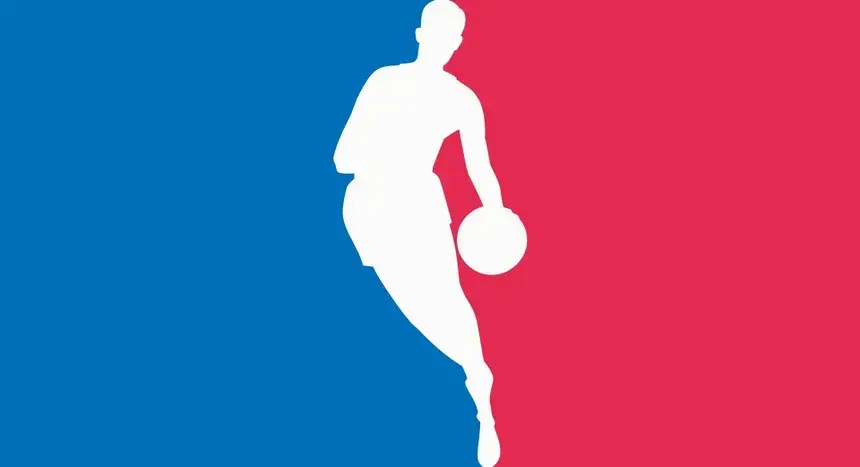

Another indicator of this is that the only other starter that sometimes joins Scottie is OG, who is a great fit next to Scottie and is the only other starter that is young enough to fit his timeline.
Have you not noticed that the last couple games there’s been a significant dose of Barnes + Siakam + bench minutes at the end of the 1st and 3rd quarters? The Siakam/Barnes/GTJ/Flynn/Achiuwa unit is actually the third highest-minute unit across the last 6 games. There’s a couple Barnes+OG+bench units with 10 and 7 minutes respectively during the same duration, and all of these units are interesting and effective. But in terms of trying to find narrative there, I think you might be selectively watching here for what you want to see. They’re just an opportunity to reduce the Scottie+bench lineups minutes, which other than the fourth quarter tonight have generally struggled.

Just flipping between the games tonight with eastern conference teams we’re chasing…, Brooklyn lost to a Ball-less Hornets, at home. Cleveland lost to Portland at home. Bucks needed a furious last minute comeback to get to overtime against the Bulls with DeRozan and LaVine (Nick Caruso buzzer-beater for the tie!) and then lost. Knicks pulled out the narrow win at home to Detroit. Hawks trailed the Spurs most of the night and were a last-second, 50/50 charge/block call away from going to OT too.
Sometimes you can get too focused on the Raptors and their bad losses or embarassingly-close wins over bad teams, and not realize that it’s something that every team goes through. Tonight’s a little bit of an extreme example of that point.